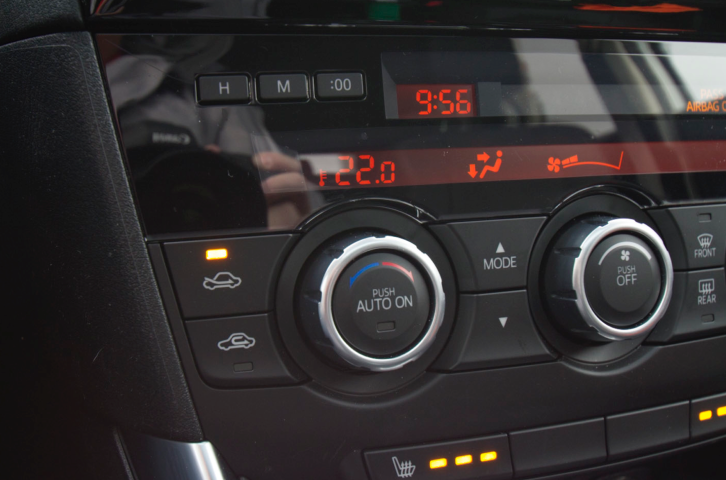How to change your car's clock for Daylight Saving Time

Daylight Saving Time has passed and your car’s clock is still one hour behind. You are terrified of being late for appointments because you’re unsure whether your wrist watch is correct or your car’s clock. We have a guide for various clock systems in vehicles, on how to change your car’s clock for Daylight Saving Time.
Daylight Saving Time
Daylight Saving Time was first proposed by George Vernon Hudson in 1915. Implemented by various countries since 1916, the idea really caught on during the energy crisis of the 1970s.
Advocates of Daylight Saving Time state that because the evenings have more daylight and the mornings less, there are benefits to retailing, sports, and other activities that exploit sunlight after working hours.
Opponents claim that because society on a whole doesn’t get enough sleep these days, losing an extra hour during Daylight Saving Time can be dangerous not only on the roads, but also when it comes to making important work or life decisions.
Changing Your Car’s Clock for Daylight Saving Time
Whichever side of the fence you sit on, the reality is that it’s here to stay for now and as a result, we have to go through the potentially arduous task of changing the clocks in our cars at least twice a year.
These days many clocks are embedded into and controlled via the satellite navigation headunits. As a result, changing the time may be more complicated than you think depending on which vehicle you drive.
1. Traditional Digital Clock Readout
If there are a couple of small markings or buttons next to the clock readout, namely “H” and “M” these indicate Hour and Minute adjustments respectively.
Pressing the “H” button is all you will need to advance the clock ahead by 1 hour to the correct time for Daylight Savings purposes. The “M” advances the minutes, and the “R” resets the clock to the closest hour. Most Hondas have the “R” button, but not all manufacturers share this same arrangement. Many Hondas also use the “FM” button as the clock reset/setup button.
All Mazda vehicles are also set up this way, regardless of whether they’re equipped with the navigation option. This makes it extremely easy to change the main vehicle clock within seconds. (The picture below is from the 2014 Mazda6).
2. GPS Satellite Navigation Smart Clock
If you have a car with a virtual clock in the satellite navigation system, or in a smaller multi-function screen, your car may be smart enough to know what the Daylight Saving Time calendar is. Therefore you may not have to switch the clock at all if this auto setting is activated. Your car will do it for you automagically! Moreover, many higher end luxury cars with factory GPS systems use the GPS satellites’ time to synchronize the car’s clock, thereby eliminating the need to adjust the clock. Ever!
Simply ensure that your car’s clock or GPS synchronization settings are set correctly from within the settings menu. If you do need to manually reset the clock for whatever reason, there is likely a manual override in the System Settings menus and the clock submenu.
If you have a decorative analog clock in the dash with no obvious way of changing the time near the clock face, it is likely that the analog clock is integrated into the satellite navigation headunit. Therefore, follow the same instructions as above to change the analog clock’s hour hand as appropriate.
3. Non-GPS Navigation Headunit With Integrated Clock Function
If you have a slightly more sophisticated headunit but without navigation, such as on this 2014 Hyundai Tuscon, there is likely still a settings menu that you can easily access via a dedicated button.
In the case of the Tuscon, one uses the “Tune” button to scroll through and select the clock option to make the appropriate adjustments to the time. Simple, right?
All of the scenarios above will likely cover 4 out of 5 of the vehicles out there on the roads. However when in doubt, always consult your owner’s manual or give your service department a call to change your car’s clock for Daylight Saving Time.
In the meantime, enjoy the extra hour of sunshine after work!

